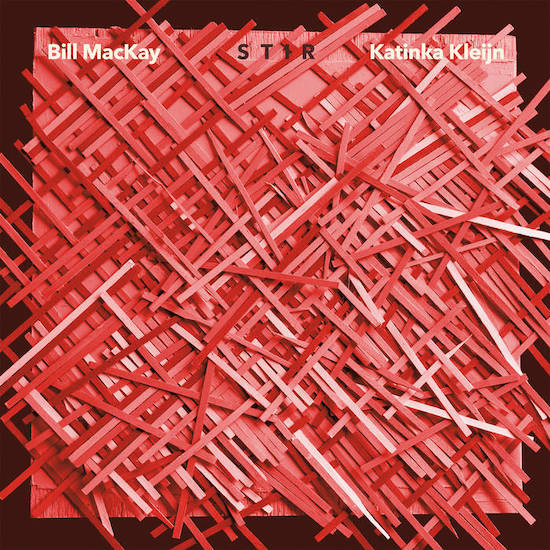It probably speaks to something in the sense of how craft is ‘supposed’ to work, but there’s no denying I feel more inclined towards a collaborative project that has already played out over a long period of time – seven years in the case of the Chicago-based musicians Kleijn and MacKay – before a note was formally recorded. It’s not that the ‘put musicians in a studio and see what happens’ approach can’t work – or these days, just as notably, collaborations that strictly happen online, swapping files and shaping results – but the sense that two individually strong creative forces have not only found a middle ground but continued to work on it in live settings speaks to the strength of such a connection. Little surprise that both cellist Kleijn, longtime member of the Chicago Symphony Orchestra, and guitarist MacKay, continuing a run of releases on Drag City that includes this year’s excellent Fountain Fire, have a huge number of further collaborations and solo approaches under their belt in turn.
Stir is credited as being inspired by Herman Hesse’s Steppenwolf, which itself presents its own set of expectations – few novels have been so endlessly referred to, directly or indirectly, in whatever’s finally left of the rock era in particular. Arguably this being a collaboration as well as instrumental helps in terms of a general conveyance of theme as well as, perhaps, a subtle interrogation of it – instead of any kind lyrical overdetermination forcing the story, the song titles serve as general indicators, while the plot of a singular pursuit of some kind of transcendence, if readily assisted by others, here instead is a partnership that evolves and moves forward throughout.
To note several compositions in further detail: the rumbling, low murk of ‘Prelude: Two Natures’ lives up to its title, both as a starting point for the larger adapted narrative and in contrasting the performers’ approaches, Kleijn’s murmuring but forceful notes and MacKay’s feedback and open-end riffs resolving into a slow melodic progression. ‘Hermine’, perhaps appropriately given the character’s role in the novel can be called a kind of Manic Pixie Dream Girl avant la lettre, feels like the strange and necessary change that needs to happen, where the initial feeling that there could be something more turns into a spiky and beautiful exchange between the two performers. The delicate, near playful feeling of ‘The Hermetic Circle’, starting at a minute in, suddenly suggests an impression of an older folk composition; when Kleijn takes the lead at the end with a series of plucking notes that are then subtly matched and calmly balanced by MacKay, the result is striking. ‘Path to the Peak’ concludes the album intriguingly, meantime, because while the title could suggest a final triumphant rise, it feels instead – more appropriately, arguably – a thorough pleasure and brightness in the moment, Kleijn and MacKay’s instruments finding that promised transcendence that is welcoming rather than monumental.
Perhaps ‘No One Here Is a Stranger’, given the sentiment of the title, is the high point – one of the shortest songs, and one of the most seemingly formal, MacKay’s feedback eschewed for a series of delicate runs that are underscored first rhythmically by Kleijn, then in harmonic balance that swiftly becomes a new, gentle and warm flow towards its conclusion. If to stir is to mix and combine, or to transform something that was one thing into something else, this shows what Kleijn and MacKay can do so remarkably when set to that task.


